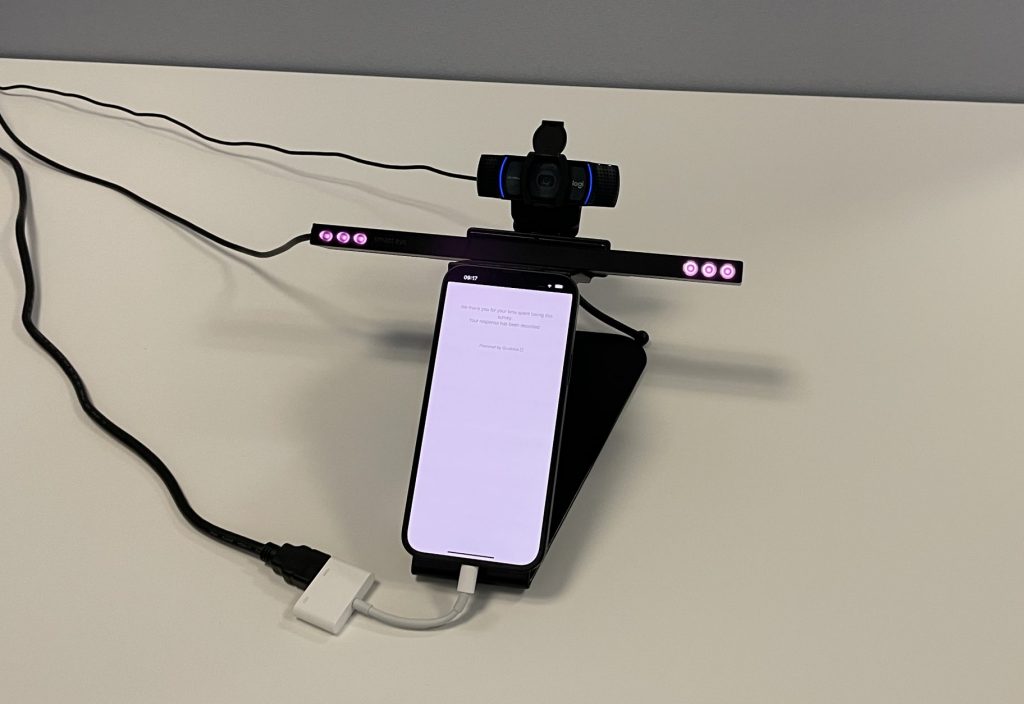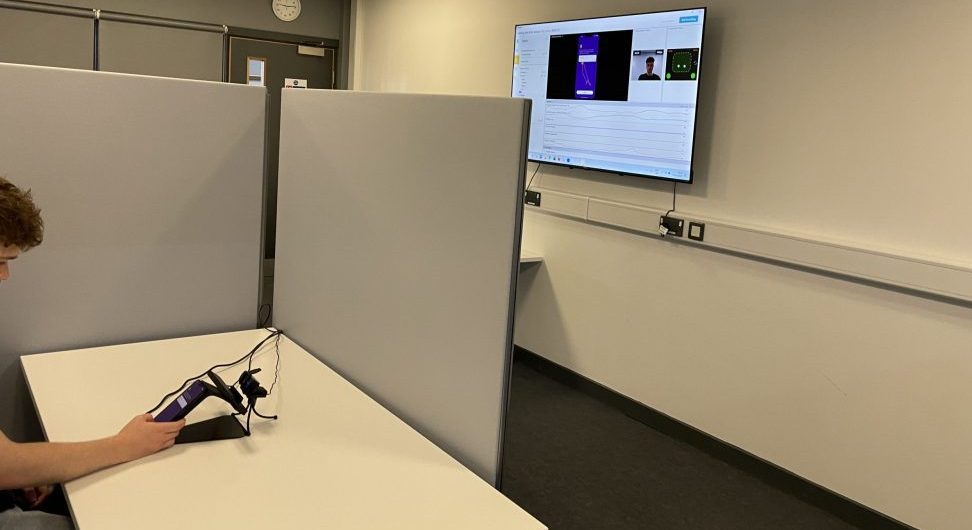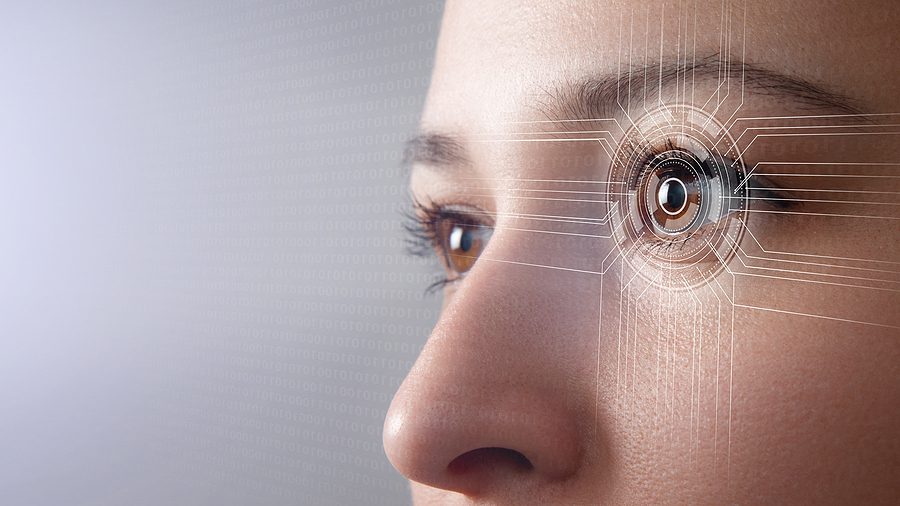How To Use Eye Tracking In UX Testing
What Is Eye Tracking In UX?
UX designers are always looking for new tools and ways that can help them improve user experience. However, a tool, in particular, that has gained much interest from the design community is eye tracking.
Eye tracking is a powerful tool used in User Experience (UX) Testing to gain insights into how users interact with digital interfaces and content. It involves tracking and recording the movements of a user’s eyes as they navigate through a website, application, or other digital interfaces.
When it comes to website design and increasing conversions, we want to take the guesswork out of the process for our clients. And we do so by combining customer behaviour testing with eye-tracking and other biometrics, which gives us invaluable insights into how people use our client’s sites.
The top benefits of eye-tracking in UX include:
- Testing before making live changes
- Online testing
- Large testing groups for better data accuracy
- Quick turnaround
So why should you use eye tracking in UX Research?
Why Use Eye Tracking In User Experience Testing

Eye tracking is a valuable tool in user experience (UX) testing and research because it provides insights into how users visually interact with digital interfaces, websites, applications, or any visual content. By recording and analysing where a person’s eyes move and what they focus on while using a product, eye tracking can offer several benefits in UX testing:
- Understanding Visual Attention: Eye tracking helps identify what elements on a screen attract the most attention and how users prioritise information. This information is crucial for designing effective layouts and placing important content where users will likely see it.
- Heatmaps and Gaze Patterns: Eye tracking generates heatmaps that show areas of high and low visual attention. These heatmaps help designers and researchers pinpoint which parts of a design are most engaging and which might be overlooked, allowing for optimising visual hierarchy and content placement.
- Identifying Confusing or Overlooked Elements: By analysing gaze patterns, UX designers can identify if users are consistently missing certain elements or experiencing confusion due to design flaws. This helps in making necessary improvements for better user comprehension.
- Comparative Testing: Eye tracking can be used to compare different design variations. For example, you can test two different layouts or user interfaces to see which one attracts more attention to the desired areas or achieves better task completion rates.
- Validating Design Decisions: Eye-tracking data can provide empirical evidence to support design decisions. Instead of relying solely on subjective opinions, you can use eye-tracking data to demonstrate why a particular design choice is more effective from a visual attention perspective.
- Optimising Advertisements: Eye tracking is often used in advertising research to assess the effectiveness of ad placements and design. Advertisers can understand which parts of an advertisement are getting the most attention and adjust their campaigns accordingly.
- Mobile and Responsive Design: With the increasing use of mobile devices, eye tracking helps ensure that designs are optimised for smaller screens. It allows designers to understand how users interact with content on mobile devices and adjust layouts accordingly.
- Accessibility Testing: Eye tracking can help evaluate the accessibility of digital interfaces for users with different visual impairments. By understanding where users with specific visual challenges are looking, designers can ensure critical information is accessible.
- User Behavior Analysis: Eye tracking can reveal how users scan through information, how long they dwell on specific elements, and how they navigate interfaces. This information is valuable for identifying pain points and areas for improvement.
- Usability Testing: Eye tracking can be integrated into usability testing sessions, providing additional data alongside traditional usability metrics. It can help explain why users encounter certain difficulties and offer insights into potential solutions.
Eye tracking adds a scientific and objective dimension to UX testing by providing concrete data on user attention and behaviour. This information guides designers in creating more user-centered and effective digital experiences.
How To Use Eye Tracking In UX Research Studies

Our eye-tracking software helps us assess attention towards elements within the stimuli of our UX testing. It can inform us, for example, what elements capture visual attention, if participants spend time looking at key stimulus assets, or how customers navigate the website as they perform certain activities.
- Select the Right Eye-Tracking Technology There are various eye-tracking tools available, ranging from hardware-based solutions (like eye-tracking glasses) to software-based options that use webcams like the one we use in our UX biometric lab. Always focus on choosing a technology that aligns with your UX testing requirements and budget.
- Define Clear UX Research Objectives Determine the specific aspects of your UX design that you want to evaluate using eye tracking. For example, you might want to analyse the visual hierarchy of a webpage, identify areas of user attention, or understand how users scan content.
- Recruit Test Participants Select a representative group of test participants who fit your target audience. The number of participants may vary based on your goals, but typically 10 to 15 participants are sufficient to identify common patterns.
- Create Test Scenarios & Tasks Develop realistic scenarios and tasks that mimic the typical user journey on your digital interface. These tasks should align with your research objectives.
- Conduct The Eye Tracking Session Instruct participants about the eye-tracking process and ensure they feel comfortable with the technology. Encourage them to think aloud while performing tasks to understand their thought processes.
- Analyse Eye Tracking Data Use specialised software to analyse the eye tracking data. Look for patterns in gaze points, fixation durations, and scan paths to draw meaningful conclusions.
- Combine Eye Tracking With Other UX Research Methods Eye tracking provides valuable data, but it’s even more powerful when combined with other UX research methods like usability testing, interviews, or surveys. We have a great article on what UX Research Survey Questions To Use As A Marketer if you’re looking for more help.
Interpret & Draw Insights Interpret the eye-tracking data in the context of your research objectives and user behaviour. And then use the insights gained to make data-driven decisions and improve your UX design.




